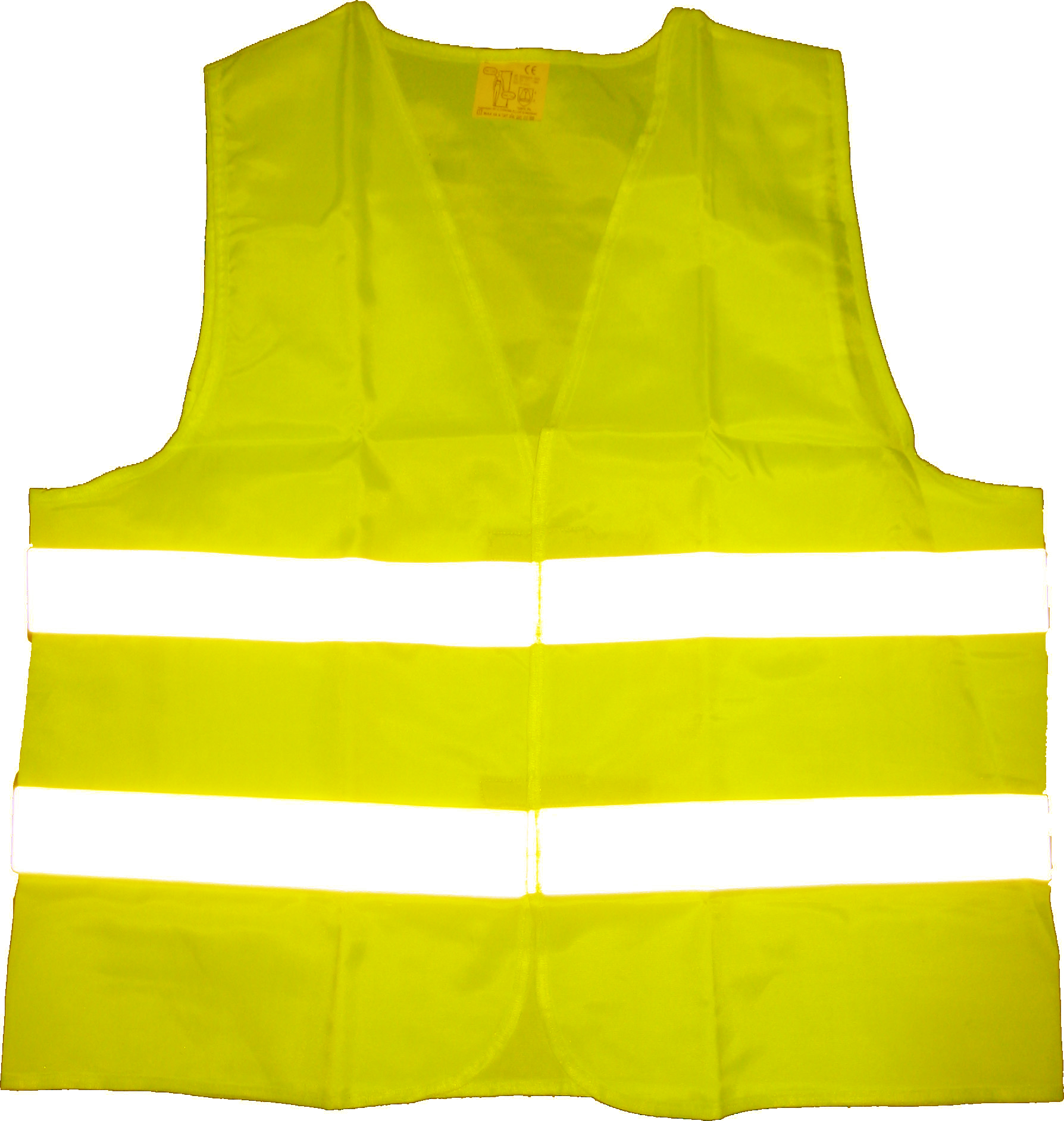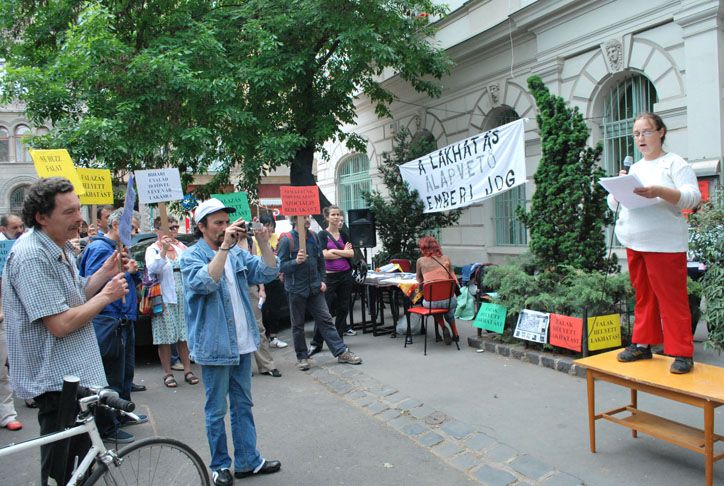|
Yellow Shirts (Black Hundreds) , annual award for the best footballer in the Croatian league
{{disambiguation ...
Yellow Shirts or yellow shirt may refer to: *People's Alliance for Democracy or Yellow Shirts, a Thai movement protesting against Thaksin Shinawatra and his successors *Yellow Shirts, the armed wing of the Black Hundreds, an ultra-nationalist movement in Russia in the early 20th century *Yellow Shirts, members of the United States Waterskiing Team *The yellow jersey worn by the current leader in some cycling races, including the Tour de France *The yellow vests movement, a French populist grassroots political movement for economic justice *Sportske novosti Yellow Shirt award The Sportske novosti Yellow Shirt award or SN Yellow Shirt for short ( hr, Žuta majica Sportskih novosti) is an annual football award given by the Croatian sports daily ''Sportske novosti''. It is awarded to the best football player playing in th ... [...More Info...] [...Related Items...] OR: [Wikipedia] [Google] [Baidu] |
People's Alliance For Democracy
The People's Alliance for Democracy (PAD; th, พันธมิตรประชาชนเพื่อประชาธิปไตย, Phanthamit Prachachon Pheu Prachathipatai; commonly known as "Yellow Shirts") is a Thai reactionary, monarchist political movement and pressure group. It was originally a coalition of protesters against Thaksin Shinawatra, the former Prime Minister of Thailand. Its leaders included media-mogul Sondhi Limthongkul and Major General Chamlong Srimuang. The PAD was a chief player in the political crisis of 2005–2006, the 2008 crisis, and the Cambodian–Thai border stand-off. Its membership consisted mainly of ultra-royalist middle-class and working-class Bangkok residents and anti-Thaksin Southerners, supported by some factions of the Thai Army, some leaders of Democrat Party, and the members of the state-enterprise labor unions. Name The movement is also called the National Liberation Alliance (กลุ่มพันธมิต� ... [...More Info...] [...Related Items...] OR: [Wikipedia] [Google] [Baidu] |
Black Hundreds
The Black Hundred (russian: Чёрная сотня, translit=Chornaya sotnya), also known as the black-hundredists (russian: черносотенцы; chernosotentsy), was a reactionary, monarchist and ultra-nationalist movement in Russia in the early 20th century. It was a staunch supporter of the House of Romanov and opposed any retreat from the autocracy of the reigning monarch. The name apparently arose from the Medieval concept of "black", or common (non-noble) people, organized into militias. The Black Hundreds were also noted for extremism and incitement to pogroms, nationalistic Russocentric doctrines, and different xenophobic beliefs, including anti-Ukrainian sentiment and anti-semitism. The ideology of the movement is based on a slogan formulated by Count Sergey Uvarov "Orthodoxy, Autocracy, and Nationality". Pre-formation ''"Svjashchjennaja druzhina"'' (Священнaя дружинa, or The Holy Brigade) and " Russkoye sobraniye" (Русское собрани ... [...More Info...] [...Related Items...] OR: [Wikipedia] [Google] [Baidu] |
United States Waterskiing Team
The United States Waterskiing Team competes internationally in water skiing tournament A tournament is a competition involving at least three competitors, all participating in a sport or game. More specifically, the term may be used in either of two overlapping senses: # One or more competitions held at a single venue and concentr ...s and other events. Members of the team have informally been known as the Yellow Shirts. The team is known for its demanding training regimen and has been quite successful, particularly over the past ten years. Recently, the team celebrated winning the Gold Cup. Waterskiing Sports teams in the United States {{water-sports-stub ... [...More Info...] [...Related Items...] OR: [Wikipedia] [Google] [Baidu] |
Yellow Jersey
The general classification is the most important classification, the one by which the winner of the Tour de France is determined. Since 1919, the leader of the general classification wears the yellow jersey (french: maillot jaune ). History The winner of the first Tour de France wore a green armband, not a yellow jersey. After the second Tour de France, the rules were changed, and the general classification was no longer calculated by time, but by points. This points system was kept until 1912, after which it changed back into the time classification. At that time, the leader still did not wear a yellow jersey. There is doubt over when the yellow jersey began. The Belgian rider Philippe Thys, who won the Tour in 1913, 1914 and 1920, recalled in the Belgian magazine ''Champions et Vedettes'' when he was 67 that he was awarded a yellow jersey in 1913 when the organiser, Henri Desgrange, asked him to wear a coloured jersey. Thys declined, saying making himself more visible in y ... [...More Info...] [...Related Items...] OR: [Wikipedia] [Google] [Baidu] |
Yellow Vests Movement
The Yellow Vests Protests or Yellow Jackets Protests or Yellow Vests Revolution (french: Mouvement des gilets jaunes, ) are a series of populist, grassroots weekly protests in France that began on 17 November 2018. At first the protestors advocated economic justice; later they called for institutional political reforms. After an online petition posted in May 2018 had attracted nearly 1 million signatures, mass demonstrations began on 17 November. The movement was initially motivated by rising crude oil and fuel prices, a high cost of living, and economic inequality. The movement argued that a disproportionate burden of taxation in France was falling on the working and middle classes, especially in rural and peri-urban areas. The protesters called for lower fuel taxes, a reintroduction of the solidarity tax on wealth, a minimum wage increase, among other things. On 29 November 2018, a list of 42 demands was made public and went viral on social media, becoming a ''de facto'' str ... [...More Info...] [...Related Items...] OR: [Wikipedia] [Google] [Baidu] |
Populism
Populism refers to a range of political stances that emphasize the idea of "the people" and often juxtapose this group against " the elite". It is frequently associated with anti-establishment and anti-political sentiment. The term developed in the late 19th century and has been applied to various politicians, parties and movements since that time, often as a pejorative. Within political science and other social sciences, several different definitions of populism have been employed, with some scholars proposing that the term be rejected altogether. A common framework for interpreting populism is known as the ideational approach: this defines ''populism'' as an ideology which presents "the people" as a morally good force and contrasts them against "the elite", who are portrayed as corrupt and self-serving. Populists differ in how "the people" are defined, but it can be based along class, ethnic, or national lines. Populists typically present "the elite" as comprising the po ... [...More Info...] [...Related Items...] OR: [Wikipedia] [Google] [Baidu] |
Grassroots
A grassroots movement is one that uses the people in a given district, region or community as the basis for a political or economic movement. Grassroots movements and organizations use collective action from the local level to effect change at the local, regional, national or international level. Grassroots movements are associated with bottom-up, rather than top-down decision making, and are sometimes considered more natural or spontaneous than more traditional power structures. Grassroots movements, using self-organization, encourage community members to contribute by taking responsibility and action for their community. Grassroots movements utilize a variety of strategies from fundraising and registering voters, to simply encouraging political conversation. Goals of specific movements vary and change, but the movements are consistent in their focus on increasing mass participation in politics. These political movements may begin as small and at the local level, but grassroots ... [...More Info...] [...Related Items...] OR: [Wikipedia] [Google] [Baidu] |
Political Movement
A political movement is a collective attempt by a group of people to change government policy or social values. Political movements are usually in opposition to an element of the status quo, and are often associated with a certain ideology. Some theories of political movements are the Political opportunity, political opportunity theory, which states that political movements stem from mere circumstances, and the Resource mobilization, resource mobilization theory which states that political movements result from strategic organization and relevant resources. Political movements are also related to Political party, political parties in the sense that they both aim to make an impact on the government and that several political parties have emerged from initial political movements. While political parties are engaged with a multitude of issues, political movements tend to focus on only one major issue. Political movement theories Some of the theories behind social movements have also ... [...More Info...] [...Related Items...] OR: [Wikipedia] [Google] [Baidu] |
Economic Justice
Justice in economics is a subcategory of welfare economics. It is a "set of moral and ethical principles for building economic institutions". Economic justice aims to create opportunities for every person to have a dignified, productive and creative life that extends beyond simple economics. Models of economic justice frequently represent the ethical-social requirements of a given theory, whether "in the large", as of a just social order, or "in the small", as in the equity of "how institutions distribute specific benefits and burdens". That theory may or may not elicit acceptance. In the Journal of Economic Literature classification codes 'justice' is scrolled to at JEL: D63, wedged on the same line between ' Equity' and 'Inequality' along with 'Other Normative Criteria and Measurement'. Categories above and below the line are Externalities and Altruism. Some ideas about justice and ethics overlap with the origins of economic thought, often as to distributive justice and ... [...More Info...] [...Related Items...] OR: [Wikipedia] [Google] [Baidu] |


.jpg)



